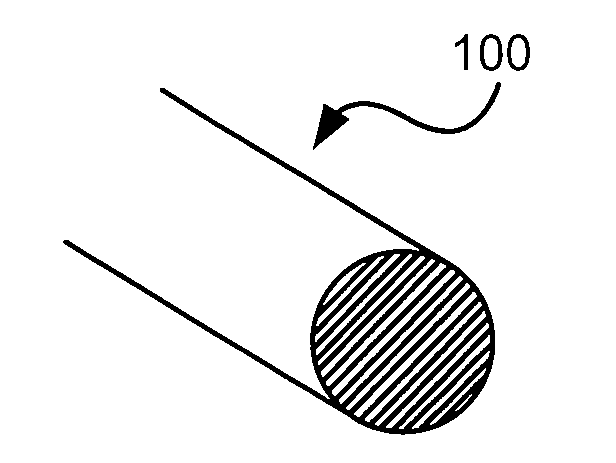Fabrics and Garments with Information Infrastructure
a technology of information infrastructure and fabric, applied in the field of fabric and garment systems, can solve the problems of inability to achieve lack of sensors or electrodes, and inherent difficulties of systems in achieving the desired level of comfort and ergonomics
- Summary
- Abstract
- Description
- Claims
- Application Information
AI Technical Summary
Problems solved by technology
Method used
Image
Examples
Embodiment Construction
[0166] The following description and the accompanying figures disclose various examples and features of fabrics and garment structures including integrated sensor regions and / or lead members for physical and / or physiological monitoring.
I. General Description of Aspects of the Invention
[0167] A. Fabric and Garment Structures and Methods of Making Such Structures
[0168] Aspects of this invention relate to various fabric and / or garment structures that include infrastructure for transmitting information, such as signals produced by a human or other animal body or signals received from some other source. Such fabrics or garment structures may include, for example: a textile formed through a knitting process, wherein at least one yarn used in the knitting process is electrically conductive to form an integrated electrically conductive infrastructure for transmitting electrical signals. The textile may form at least a portion of an article of apparel, blanket, or other structure, and in...
PUM
| Property | Measurement | Unit |
|---|---|---|
| diameter | aaaaa | aaaaa |
| diameter | aaaaa | aaaaa |
| electrically conductive | aaaaa | aaaaa |
Abstract
Description
Claims
Application Information
 Login to View More
Login to View More - R&D
- Intellectual Property
- Life Sciences
- Materials
- Tech Scout
- Unparalleled Data Quality
- Higher Quality Content
- 60% Fewer Hallucinations
Browse by: Latest US Patents, China's latest patents, Technical Efficacy Thesaurus, Application Domain, Technology Topic, Popular Technical Reports.
© 2025 PatSnap. All rights reserved.Legal|Privacy policy|Modern Slavery Act Transparency Statement|Sitemap|About US| Contact US: help@patsnap.com



